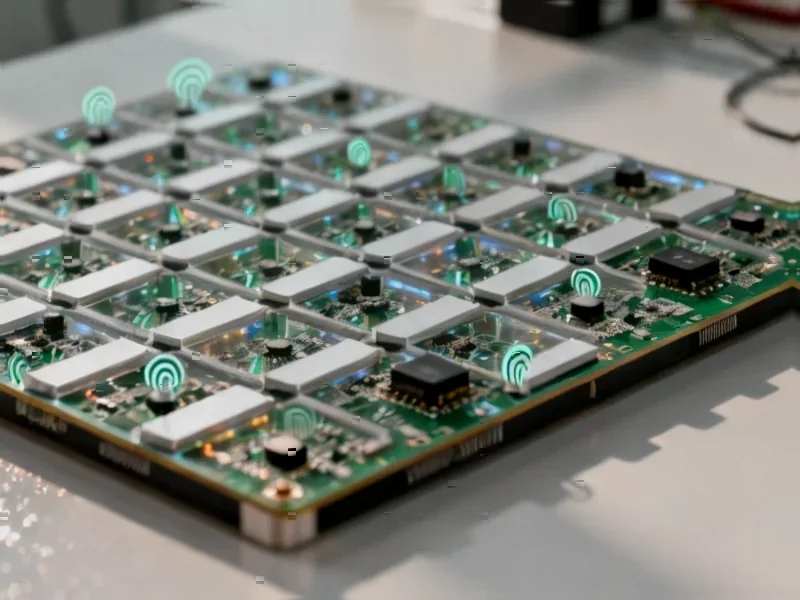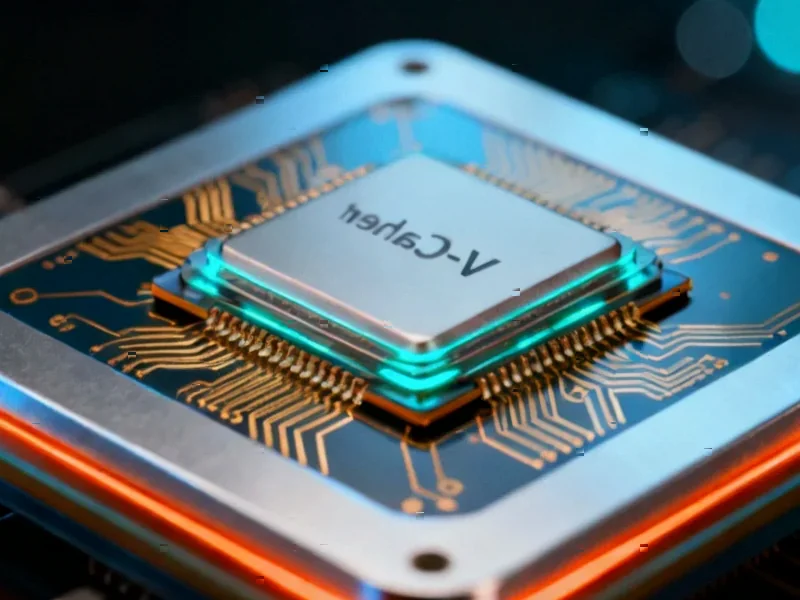According to ExtremeTech, AOC has developed what appears to be the world’s fastest gaming monitor with an unprecedented 1,000 Hz refresh rate. The 27-inch display can hit 500 Hz at 1440p resolution or push all the way to 1,000 Hz when running at 1080p. This makes it the highest refresh rate monitor ever created, potentially offering the lowest input lag available. The monitor’s panel technology remains unclear, though if it uses OLED it would likely dominate high-speed gaming. AOC’s leaked lineup also includes a 5K 165Hz display that can do 330 Hz in 1440p mode and several other high-refresh models ranging from 160 Hz to 420 Hz. The company is clearly making a major push into ultra-high refresh rate territory across multiple product categories.
The Hertz Arms Race
We’ve been watching refresh rates climb for years now, and honestly, it’s getting a bit ridiculous. Samsung’s top OLEDs hit 500 Hz, and we’ve seen prototypes around 700 Hz. But 1,000 Hz? That’s entering territory where the benefits become almost theoretical.
Here‘s the thing about high refresh rates – there’s a point of diminishing returns that hits hard. Most gamers will notice a massive improvement going from 60 Hz to 120 Hz or even 144 Hz. The jump to 240 Hz is still noticeable for competitive players. But beyond that? You’re talking about differences measured in single milliseconds. We’re dealing with frame times of 1 millisecond at 1,000 Hz versus about 4 milliseconds at 240 Hz.
The OLED Question
This is the million-dollar question that ExtremeTech raises. If this monitor uses OLED technology, it could be genuinely groundbreaking. OLED panels have near-instant response times and virtually no input lag – they’re basically the gold standard for competitive gaming right now.
But if AOC is using more traditional panel technology like TN or even Super-TN, we’re looking at a different story. It would still be incredibly fast, but not necessarily the absolute fastest in terms of overall performance. The response time and input lag characteristics matter just as much as the raw refresh rate number. And honestly, without knowing the panel technology, it’s hard to get too excited.
Who Actually Needs This?
Let’s be real here – the target audience for a 1,000 Hz monitor is incredibly small. We’re talking about professional esports players who make their living through split-second reactions. For everyone else? You probably can’t tell the difference between 360 Hz and 1,000 Hz.
There’s also the resolution trade-off to consider. Running at 1,000 Hz requires dropping down to 1080p, which on a 27-inch monitor might not look particularly sharp. So you’re sacrificing image quality for speed that you might not even perceive. It’s like buying a car that can go 300 mph when you only drive in city traffic.
The Broader Lineup
What’s more interesting to me is AOC’s overall strategy here. According to leaks from ITHome and VideoCardz, they’re releasing multiple high-refresh models including one with built-in AI that adjusts picture quality automatically. There’s even a model that claims to deliver a “1,000 Hz effect” without actually running at that refresh rate.
Basically, AOC seems to be betting big on speed as their differentiator. And they’re not alone – the entire industry is pushing refresh rates higher. But at some point, we have to ask whether we’re chasing numbers that don’t translate to real-world benefits. Still, it’s impressive engineering, and I’m curious to see how these panels perform in actual testing.




